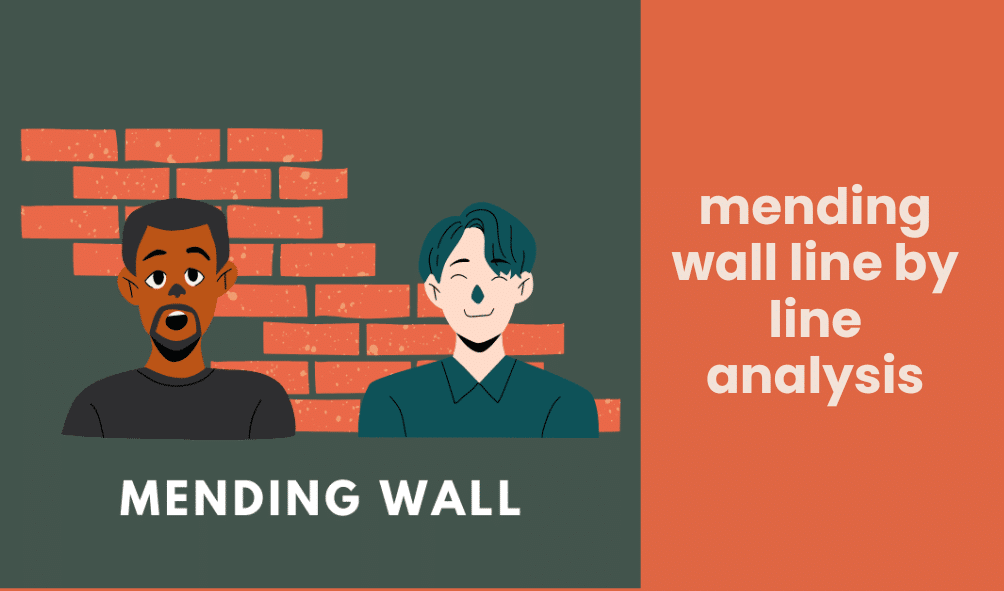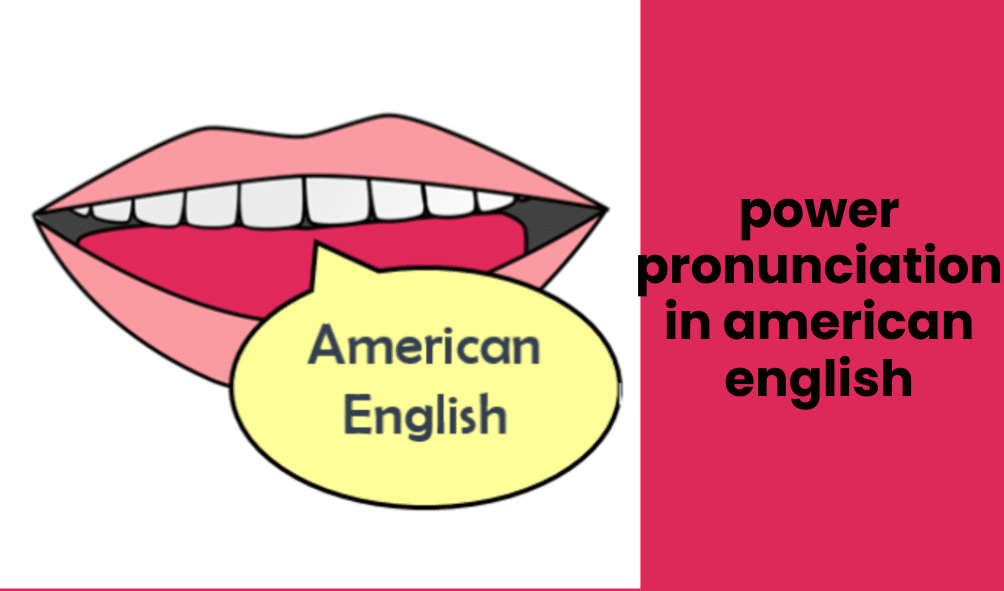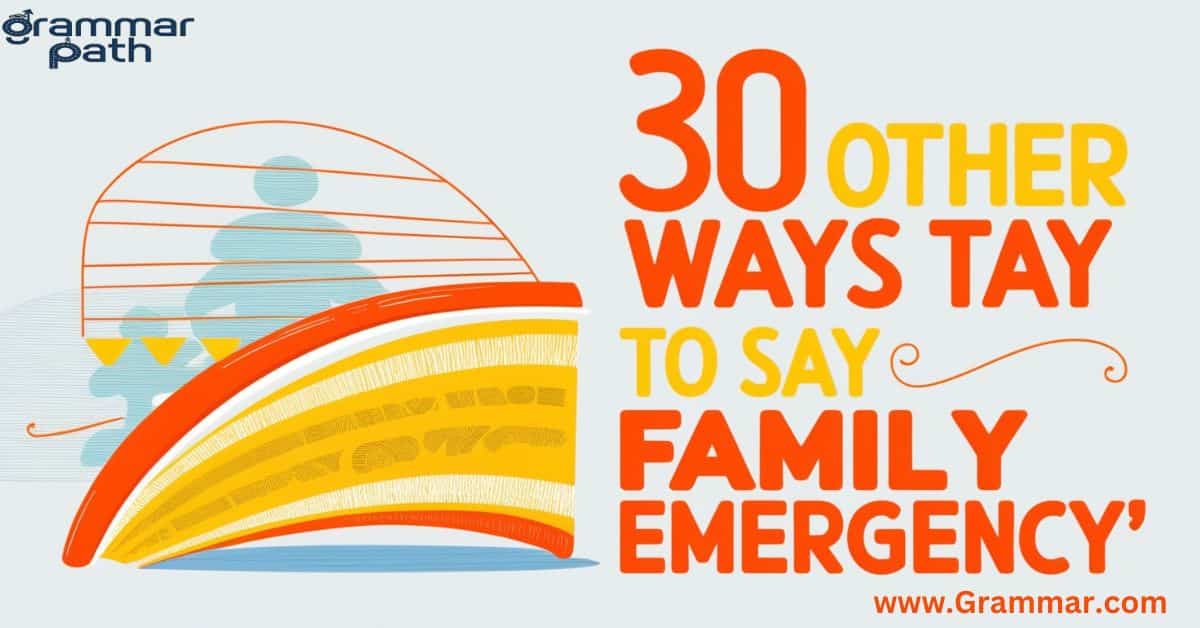
mending wall line by line analysis
Robert Frost’s Mending Wall is one of his most renowned poems that explores the themes of borders, tradition and human connections. The poem’s empathetic and conversational tone encourages readers to think about the need for walls, both literal and metaphorical. Below is a thorough Line-by-Line analysis of Mending Wall to find out the deeper significance.
Opening Lines: Setting the Scene
“Something there is that doesn’t love a wall,” The opening phrase immediately establishes the tone of the poem. It suggests an unidentified force within nature that is able to resist walls. The expression “something there is” is deliberately unclear, indicating the mystery of this force. Frost subtilly reveals the notion that walls, real and imaginary, could be in fact unnatural.
“That sends the frozen-ground-swell under it,” In this instance, the speaker describes how frozen ground shifts underneath the wall, which causes it to diminish. The idea of upheaval is use as a metaphor to describe the natural opposition to barriers that separate people.
“And spills the upper boulders in the sun;” The falling boulders highlight the way nature is actively working to dismantle the wall, thereby confirming the notion that division isn’t an element of nature. Sunlight could represent the truth or the revelation, suggesting that when barriers are removed clearness is achieved.
The Role of Nature and the Unknown
“And makes gaps even two can pass abreast.” The walls’ gaps are large enough to allow two individuals to stroll side-by-side which reinforces the idea that separation is not natural as well as that unity feasible.
“The work of hunters is another thing:” Frost is now shifting its attention to human activity. Hunters tear up sections of the wall in pursuit of their prey. This brings up the subject of deliberate destruction and raises questions whether walls have any real purpose.
“I have come after them and made repair” The speaker decides to fix the issue which implies a sense obligation or duty towards maintaining the wall, regardless of its need.
Introduction of the Neighbor
“I let my neighbor know beyond the hill;” This line introduces a second key character in the poem The neighbor. The poet acknowledges the role of neighbors as a shared responsibility however, there is an air of doubt regarding the importance of the job.
“And on a day we meet to walk the line” The expression “walk the line” suggests both a literal as well as figurative meaning: a boundary to be follow and adhering to the norms of society.
“And set the wall between us once again.” In this passage, Frost highlights the paradox of repairing a wall which is used to divide rather than connect. The speaker appears to question the reason behind rebuilding something that separates them.
The Speaker’s Perspective: Questioning Tradition
“We keep the wall between us as we go.” While they move with one another, the barrier stays between them. This could be an indication of how societal customs and practices frequently keep people physically and emotionally separated.
“To each the boulders that have fallen to each.” Every person is accountable to fix their part of the wall, demonstrating the personal responsibility to maintain divisions.
“And some are loaves and some so nearly balls” The fun imagery is a fun way to compare the stones to bread loaves and balls, creating a time a lighthearted vibe. The speaker’s viewpoint contrasts with the serious attitude of the neighbor.
The Neighbor’s Perspective: Defending the Wall
“He is all pine and I am apple orchard.” This symbol is a contrast between the two characters. The speaker is an orchard (cultivation or change, growth) and the neighbor is a pine tree (rigid and unchanging, never changing, evergreen). The neighbor is a symbol of tradition, whereas the speaker is leaning towards challenging the validity of it.
“My apple trees will never get across” The speaker jokingly argues that the wall is not necessary since their trees will never cross over into the neighbor’s property. This illustrates the absurdity of constructing an obstacle when there’s no conflict in the real sense.
“He only says, ‘Good fences make good neighbors.'” This is the most well-known poem line. The neighbor holds on to the tradition, without questioning its rationale which is a reflection of the social tendencies to abide by customs, without any scrutiny.
The Speaker’s Philosophical Musings
“Spring is the mischief in me, and I wonder” The speaker, enthralled by the spring’s rebirth has a sense of fun and mischief and is adamant about contesting the status that is.
“If I could put a notion in his head:” He would like to spark thoughts in the neighbor’s mind, and make him question the purpose of the wall.
“Why do they have good neighbors? Doesn’t that make sense” The speaker directly questions the beliefs of the neighbor, leading to more reflection on the reasons why walls are even there.
The Neighbor as a Symbol of Tradition
“Before I built a wall I’d ask to know” The speaker says that barriers should be design with a lot of thought and implies that blind obedience to the old ways is not a good idea.
“What I was walling in or walling out,” A moment of profound awareness of self-awareness. Walls are used to contain things and to keep things out. What are the consequences of these walls?
“And to whom I was like to give offense.” The speaker recognizes that walls can cause unintended divisions and disconnection.
Closing Lines: The Unyielding Neighbor
“Something there is that doesn’t love a wall,” In the same way as the first phrase, Frost reinforces the idea that walls are unnatural and may be unnecessary.
“That is adamant about it. I could say “Elves” for him ,” > The person speaking humorously suggests that supernatural forces are in play and illustrating the absurdity of the situation.
“But it’s not elves exactly, and I’d rather” The speaker denies the idea of a whimsical world, saying that the force behind walls is the human nature.
“He moves in darkness as it seems to me,” The neighbor is metaphorically “dark,” blindly following the rules of tradition without understanding their implications.
“Not of woods only and the shade of trees.” The darkness is not only physical, but also philosophical and philosophical, stressing insanity or resistance to changes.
“He will not go behind his father’s saying,” The neighbor holds on in the tradition of previous generations, demonstrating his unwillingness to challenge tradition.
“And he likes having thought of it so well” The neighbor is content to repeat the old adage of having faith in unquestioned assumptions.
“He says again, ‘Good fences make good neighbors.'” The poem concludes on a note of tension that is not resolved. The neighbor is unchangeable but the speaker and reader are forced to consider the veracity of these rigid beliefs.
Conclusion: A Reflection on Boundaries
Mending Wall skillfully explores the human need to enforce boundaries, even if they have no actual purpose. The author questions the logic that lies behind walls and the neighbor clings to the norms of society. Through the use of natural images along with humor and paradox, Frost asks people to think about their own walls, whether social, emotional or personal. The poem concludes that certain barriers should be questioned as true connection usually involves breaking them down instead of building them up.






